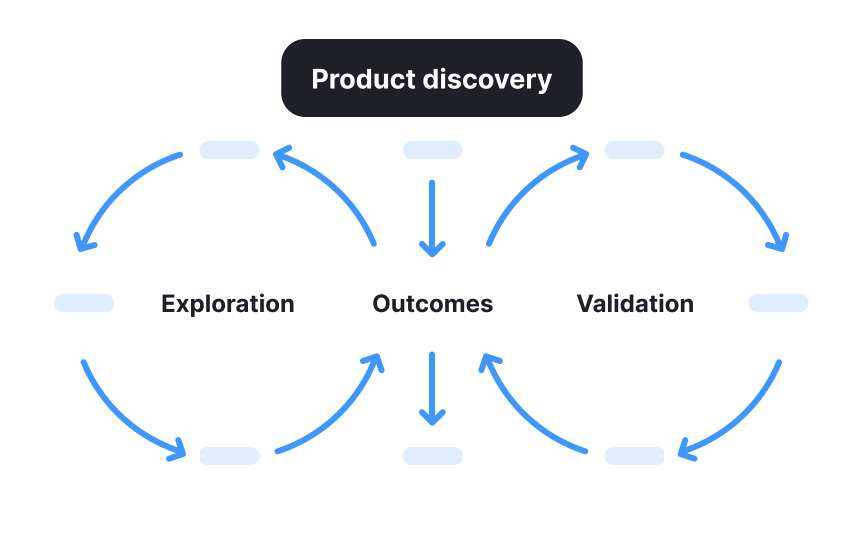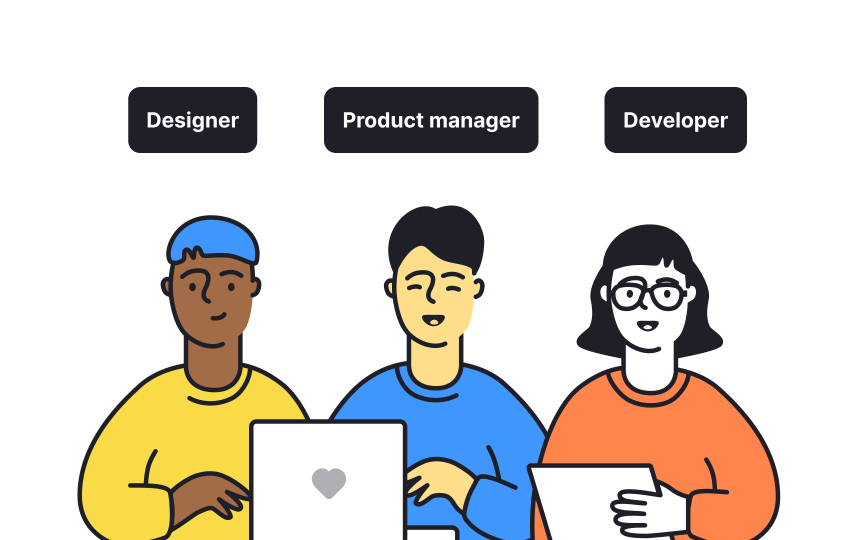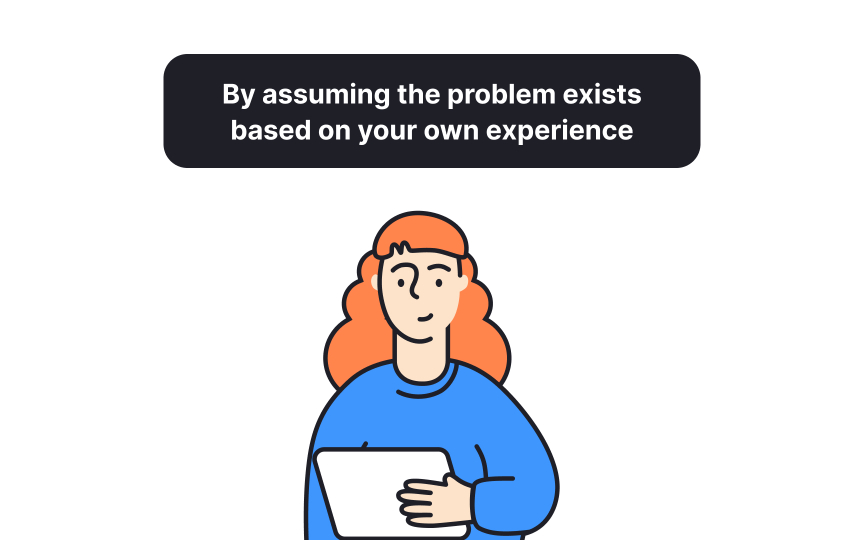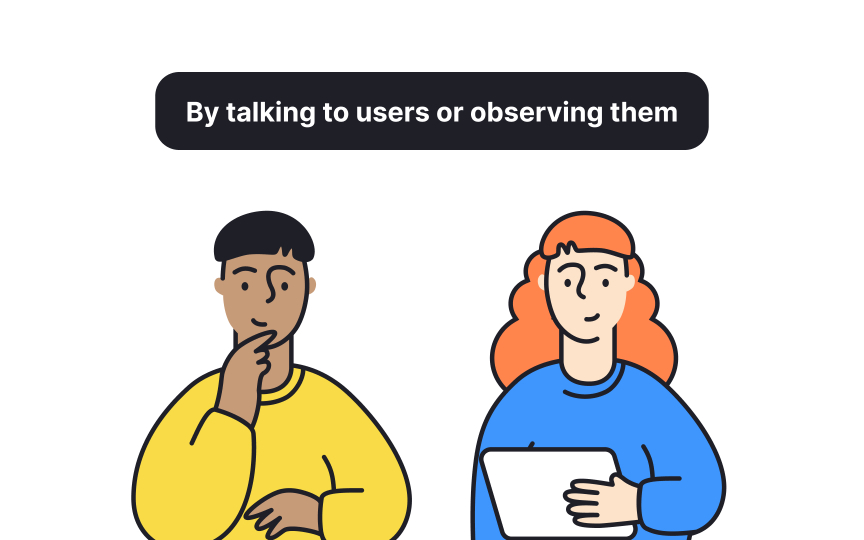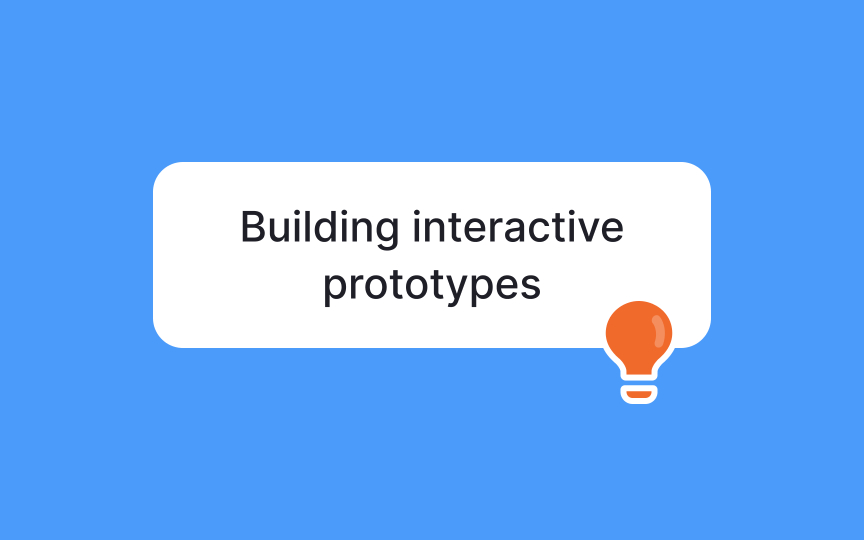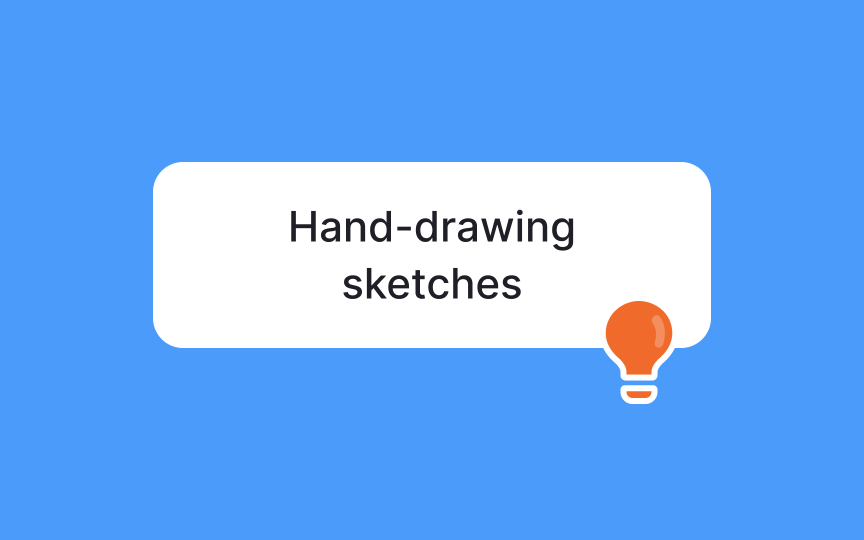Intro to Product Discovery
Learn the steps involved in identifying the potential and viability of a product idea
Many products fail in the market, often because they don’t meet customer needs or solve the right problems. However, this can often be avoided through effective product discovery. Product discovery allows teams to deeply understand customer needs, ensuring they build solutions that address real problems. Identifying and validating ideas early reduces the risk of wasting time and resources on features that don’t resonate with users. In this lesson, we’ll explore the key phases of product discovery, its benefits, and why it’s essential for developing successful products.
During product discovery, you test ideas with simple prototypes or gather feedback from real people. This way, you can see if your ideas actually solve the problems they’re facing. It’s like a reality check before you invest time and money into building the final product.
By doing this, you make sure that what you create is useful, solves a real problem, and is something people will want to use. In short, product discovery helps you build products that matter.
A product trio is a small team made up of 3 key roles: a product manager, a designer, and a developer. This team works closely together to discover, design, and build products that meet user needs. The idea behind a product trio is that each person contributes their unique expertise, ensuring that the product is valuable, usable, and technically feasible.
Here are their roles:
- The product manager focuses on the business side and user needs
- The designer ensures the product is easy and enjoyable to use
- The developer figures out how to build it efficiently
By collaborating from the start, a product trio helps avoid misunderstandings and keeps the project moving smoothly. It’s a way to make sure everyone’s ideas are heard, and the product is well-rounded and user-centered.
- Value risk: The risk that the product won't deliver enough value for customers to want to buy or use it.
- Usability risk: The risk that users will find the product difficult or confusing to use.
- Feasibility risk: The risk that your team might not be able to build the product with the available time, skills, or technology.
- Business viability risk: The risk that the product won't align with the business’s strategic goals and endeavors.[1]
By addressing these risks, product discovery ensures you're building the right product for your users. It encourages a focus on understanding user needs and promotes continuous learning, allowing you to improve your product incrementally.
The challenges of
- It requires a deep understanding of users, which isn’t always easy to achieve. You need to gather accurate and relevant feedback from potential users, but people don’t always know or can’t always express what they need.
- It takes time and effort to test ideas and validate them before development, which can slow down the process if not managed well.
- Balancing user needs with business goals and technical limitations can be tricky.
- Teams may struggle to stay focused on
continuous learning rather than rushing to build features.
Despite these challenges, effective product discovery is key to building successful products.
When starting
Let's say you're working on a fitness app. Instead of jumping straight into designing its features, you first focus on understanding broader problems your users face, like staying motivated to exercise regularly or finding time for workouts in a busy schedule. To do this, you could use techniques like surveys, customer interviews, focus groups, empathy mapping, journey mapping, and observational studies. This will help you zero in on the key issues that your product should address.
It’s also a good idea to do some market research during this stage to see what competitors are doing and find potential opportunities. This thorough understanding of user needs sets a strong foundation for the rest of the product discovery process.
After understanding user needs, the next step is to validate the problem you want to solve. This means confirming that the issue you’ve identified is real and significant for your users. For example, when building a task management app, if you discovered that many users struggle with organizing their daily tasks, you’d validate this by talking to more users, running surveys, or observing how they currently manage their tasks.
If most users confirm that staying organized is a challenge, you’ve validated the problem. This step is essential because it ensures you’re focusing on a problem that truly matters. It helps you avoid wasting time on solutions that don’t address a real need.
The ideation stage is where you brainstorm and come up with different ideas to solve the problem you’ve identified and validated. After understanding your users' needs, it’s time to think of various ways to address those needs. This stage is all about creativity, and no idea is off-limits.
You can use techniques like
The
Prototyping allows you to explore different designs, identify potential issues, and gather early feedback from users. This helps you refine your ideas and make improvements before investing time and resources into full development.
The testing stage is where you evaluate your
- Usability: How easily can users navigate and use your product? Observe users as they interact with the prototype, noting any difficulties or confusion they experience.
- Functionality: Does the product work as intended? Even if it’s a simple prototype, it’s important to test whether the core features function correctly and reliably.
- User experience: How do users feel about using the product? Gather feedback on their overall experience, including how intuitive and satisfying the interaction is.
- Usefulness: Does the product actually help users solve their problem or achieve their goals? This is crucial to ensure the product is delivering real value.
To test these aspects, you can use methods like user testing sessions, where you observe users interacting with the product, or surveys and
The final stage of
Best practices include:
- Be clear and concise: Focus on the problem, how your solution addresses it, and why it’s the best option.
- Use visuals: Diagrams,
prototypes , and charts can help make your points more understandable. - Address concerns: Be ready to answer questions about feasibility, cost, and expected outcomes.
- Highlight user feedback: Show how testing validated the solution’s effectiveness and usefulness.
References
- Guide: Product Discovery Process & Techniques | Productboard | Productboard
